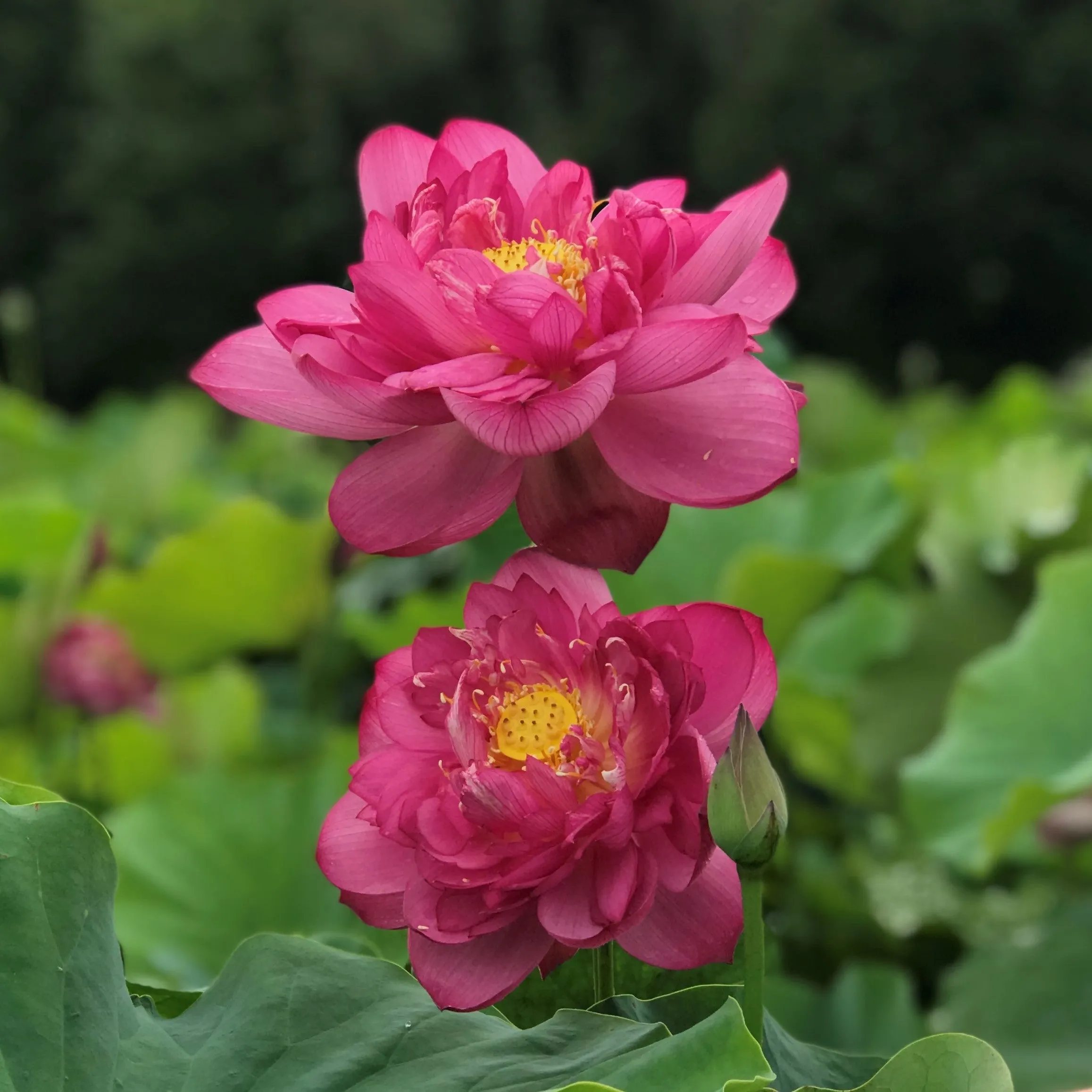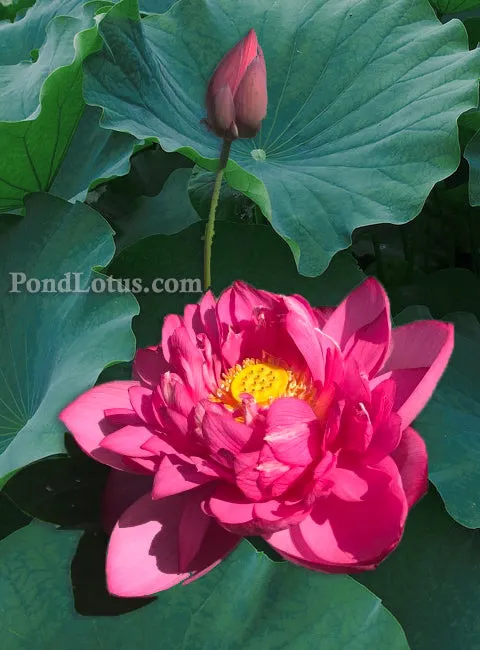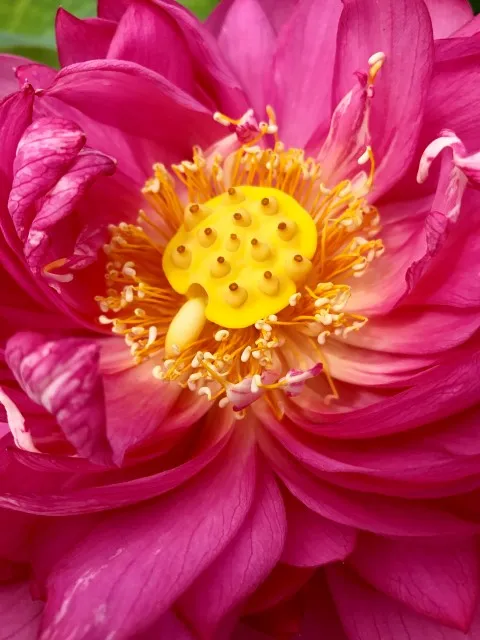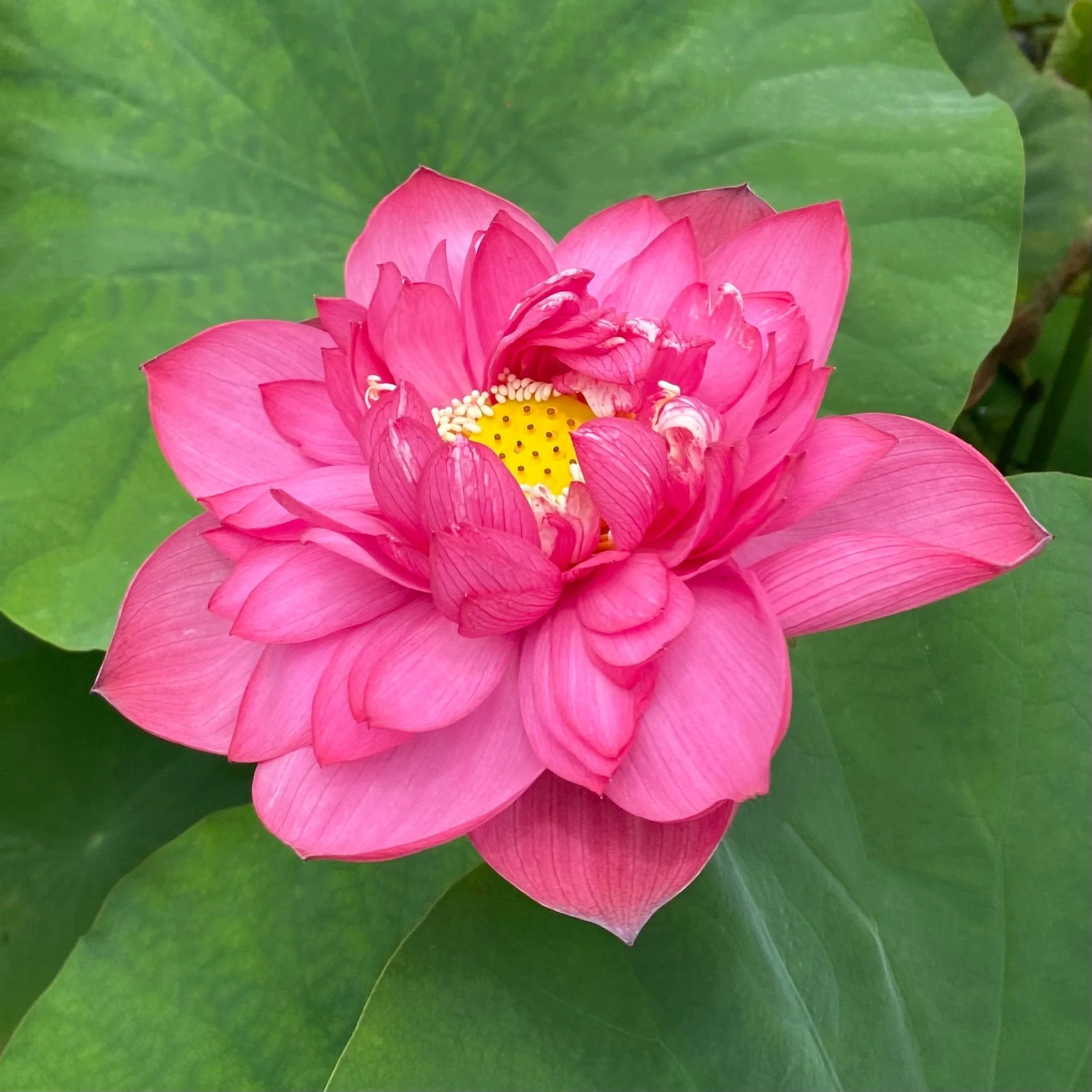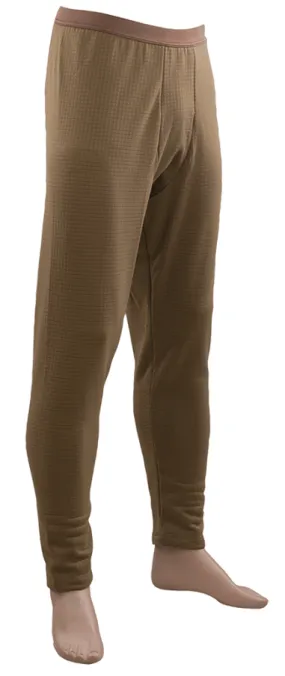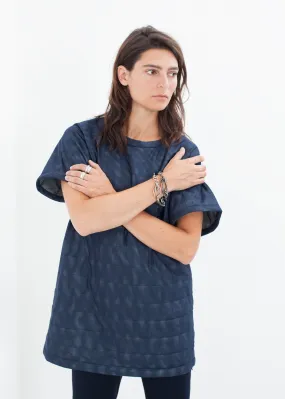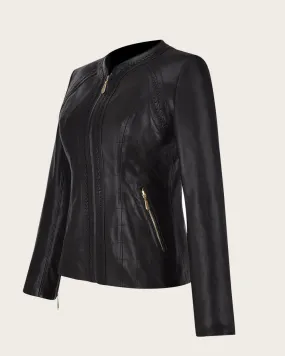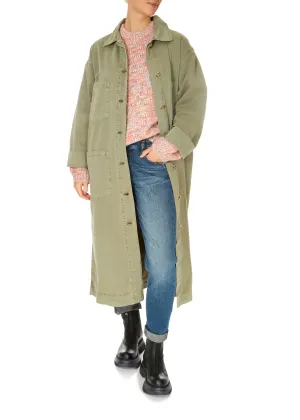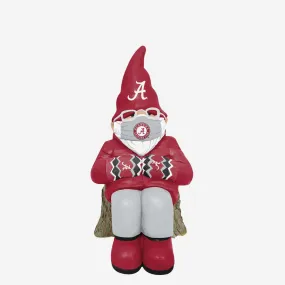Plant Description
Heavens To Betsy! One of the PRETTIEST lotus flowers, named for a notable poet and storyteller, Betsy Bancroft! This lovely, HEAVY BLOOMER has pleasing, color-drenched flowers with yellow receptacles and stamens and produces great seeds! Profoundly beautiful, multi-petal flowers in scrumptious shades of rosy-red! The attractive green foliage is an elegant backdrop for this stunning beauty! Grows 4 feet tall or taller when planted in a 24 - 48 inch in diameter container.
Tall/Red/Multi-Petal
Planting Instructions
Plant this delightful specimen in a wide (24 - 48 inches wide or wider) container using loam soil. Simply dig a trench in the soil and place the lotus tuber in the trench, being careful not to break or damage the growth tips. Cover the tuber with soil while leaving the growth tips exposed and add four to six inches of water above the soil. Place in a sunny location outdoors. (Lotus should be planted in the month of May, after all danger of frost has passed.) In a week or two you should have coin leaves on the surface of the water, a week or so after that you should have aerial leaves growing out of the water, once you have aerial leaves, you may fertilize your lotus.
Fertilizing Instructions
Once you have aerial leaves, it is time to fertilize your lotus. Lotus are very heavy feeders--we recommend for optimum growth, best bloom and ease of use. Simply press four to six fertilizer tabs into the soil near the roots of your lotus, taking care not to damage the roots. Your lotus should grow and bloom the very first year!
PLEASE NOTE Your lotus may be stored in the crisper of your refrigerator until proper planting time in your area!
What Is Loam Soil?
Loam soil is a good mixture of Topsoil and Sand
If you are lucky enough to have good topsoil in your backyard, by all means, use your topsoil. All you will have to do is add fertilizer. If you are not so lucky--and your backyard is sand or heavy red or yellow clay, you can mix up a batch of loam soil.
You can create your own loam soil by mixing these two ingredients together
- 2/3 Inorganic Topsoil (Little or no organic material added)
- 1/3 Pool Filter Sand
Mix together thoroughly with a little water. Your soil should clump when squeezed. If your soil is mixed properly, it will not muddy your pond water.
You can purchase inexpensive bags of inexpensive / poor Topsoil at Lowes or Home-Depot. Good soil clumps together as a ball in your hand with only a little moisture.
Don't buy brands like Scott's or Miracle-Gro, as they will contain too much organic matter that can foul your water. Buy an unbranded bag of topsoil instead.
You can purchase Pool Filter Sand at any store that sells pool supplies.
Loam soil is well suited for all aquatic plants (except oxygenators). Oxygenators rarely need to be planted, just anchored in the substrate or in a container filled with sand or 1/8 inch pea gravel.
Sand holds little water but does allow for aeration and drainage.
Some DO's and DON'TS regarding Aquatic Planting Soil
DO NOT use potting soils ( as they are too light and will float right out of the pot). Potting Soil has organic material that will rot and foul your water!
DO NOT add too much composted material (as it is too rich in organic matter and it will ferment underwater and destroy the ecology of your pond).
DO NOT use 100% calcined clay as there is no nutritional value in calcined clay.
DO NOT add rocks, stones or pebbles to the top of your planting container as this will inhibit the growth of your plants. Plants do not grow in rocks and stones in nature!
DO NOT purchase API Aquatic Planting Media or Microbe-lift Aquatic Planting Media as these products are NOT suitable for waterlilies, lotus or most other pond plants. They are suitable for submerged grasses ONLY!




